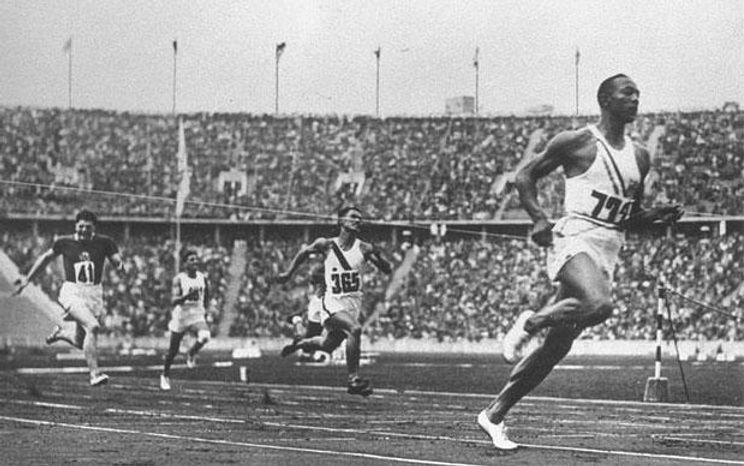Hello friends!
Here’s the next installment of my invitation for feedback on the material from my upcoming book, Soulforce Arts: The Vital New Role for Musicians & Artists in a World That’s Lost Its Mind.
Over the coming months I’ll be sharing selections from the first drafts of my book. I’d love to know how these ideas land with you, but please don’t provide any editorial comments.
Today I’m sharing one of the several “Mind-Body Interludes” that will hopefully help my readers get a more embodied understanding of what being a Soulforce Artist feels like. Try the experiments below and let me know what happens!
Also, here’s my chapter outline so you can have some context for what’s in the book. Enjoy!
Chapter 1 – “What’s Ours To Do?”
MBI 1 – “The Magic Pause”
Chapter 2 – “Performance Arts in the Story of Separation”
MBI 2 – “The Doing Mode & The Receiving Mode”
Chapter 3 – “Soulforce Arts”
Chapter 4 – “Playing from the Heart”
MBI 3 – “Tensegrity”
Chapter 5 – “The Yoga of Art”
MBI 4 – “Spacious Awareness”
Chapter 6 – “The Spirit of the Gift, Part 1: Gift, Interbeing, & the Arts”
MBI 5 = “The Hidden Truth About Posture”
Chapter 7 – “Wellness for Performance Artists”
MBI 6 – “2% Easier”
Chapter 8 – “Spiral Dynamics and the Consciousness Escalator”
MBI 7 – “The Three Permissions”
Chapter 9 – “Soulforce Performance, Practice, & Teaching”
MBI 8 – “The Ancient Practice of KWU”
Chapter 10 – “The Spirit of the Gift, Part 2: Soulforce Livelihood”
Chapter 11 – “Conclusion”
MBI 1 – “The Magic Pause”
Chapter 2 – “Performance Arts in the Story of Separation”
MBI 2 – “The Doing Mode & The Receiving Mode”
Chapter 3 – “Soulforce Arts”
Chapter 4 – “Playing from the Heart”
MBI 3 – “Tensegrity”
Chapter 5 – “The Yoga of Art”
MBI 4 – “Spacious Awareness”
Chapter 6 – “The Spirit of the Gift, Part 1: Gift, Interbeing, & the Arts”
MBI 5 = “The Hidden Truth About Posture”
Chapter 7 – “Wellness for Performance Artists”
MBI 6 – “2% Easier”
Chapter 8 – “Spiral Dynamics and the Consciousness Escalator”
MBI 7 – “The Three Permissions”
Chapter 9 – “Soulforce Performance, Practice, & Teaching”
MBI 8 – “The Ancient Practice of KWU”
Chapter 10 – “The Spirit of the Gift, Part 2: Soulforce Livelihood”
Chapter 11 – “Conclusion”
Mind-Body Interlude #6 — “2% Easier”
“It is not the degree of ‘willing’ or ‘trying,’ but the way in which the energy is directed that is going to make the ‘willing’ or ‘trying’ effective.”
— F.M. Alexander
“It is the delicacy of the movement that will give you your release.”
—Marjorie Barstow
Nice and Easy Wins the Race
Alexander Technique teacher Tommy Thompson relates a story of a class he taught to a rowing team in his hometown, Boston, MA, where rowers often scull down the Charles River. After seeing the team row in their usual way, he saw that they were all straining as hard as they could, tensing their necks and backs in ways he knew to be counter-productive.
So, he suggested that they try something counterintuitive: instead of using 100% of their effort all of the time, to use 2% less effort this time around. And the results were surprising: on their next pass down the river, instead of going slower, they actually went faster, even though they were using less effort overall! These results were so counterintuitive to the rowing team that the coach balked at allowing them this seeming luxury, saying that — despite the evidence of his own eyes — he didn’t want them to slack off.
How is it possible that the team rowed faster, even though they were using less effort? The paradox of effort is, as in the quote from F.M. Alexander above, it’s not the amount of effort used, but rather the way the effort is directed that makes the difference. Giving 100% often backfires because it entails so much misdirected energy: do you really need to squint your face, tighten your neck, and scrunch your feet when you open that jar, for example?
To witness the difference yourself, I’d highly recommend watching Jesse Owens world-record-setting run in the 100-meter dash in the 1936 Olympics. You can very clearly see that while most of the runners are heaving their bodies with great effort, Owens floats out in front of the pack and glides in for his famous victory. It’s not that he wasn’t using effort — it’s that he was balancing the signals to his nervous system so that effort was placed only where it was needed, and nowhere else. Well-directed effort wins the race.

Try the following experiment for yourself to see what happens to how and where your own effort gets directed.
Practice MBI 6.1 — 2% Less Effort
Pick any activity where you normally get a bit tight, and first try it as you normally would, noticing your quality of movement as you do so.
Now, do the same activity and try even harder! What happens with that extra energy? Does it flow effortlessly into the activity, or does it get stuck in your neck and shoulders as excess tension?
Finally, do the same activity again, this time using 2% less effort than your baseline. Alternatively, you can think “2% easier,” rather than “2% less effort.” Did you get tighter or freer? Was it more or less fun? Was your sense of space bigger or smaller? Did you feel more or less rushed?
Why Only 2%?
Just as a journey of 10,000 miles starts with a single step, the journey to effortlessness starts with letting yourself use just a little bit less effort when you play. Don’t expect to release all of your tension all at once — considering how physical tension is often felt to be core to one’s identity, you probably wouldn’t even be able to handle being 100% relaxed! Two percent is more than enough. So, don’t worry if you continue to notice a degree of tension while you play; if you notice that you get just a little bit freer, you can be sure that you’re on the right track. Simply think “2% less effort” while you play!




